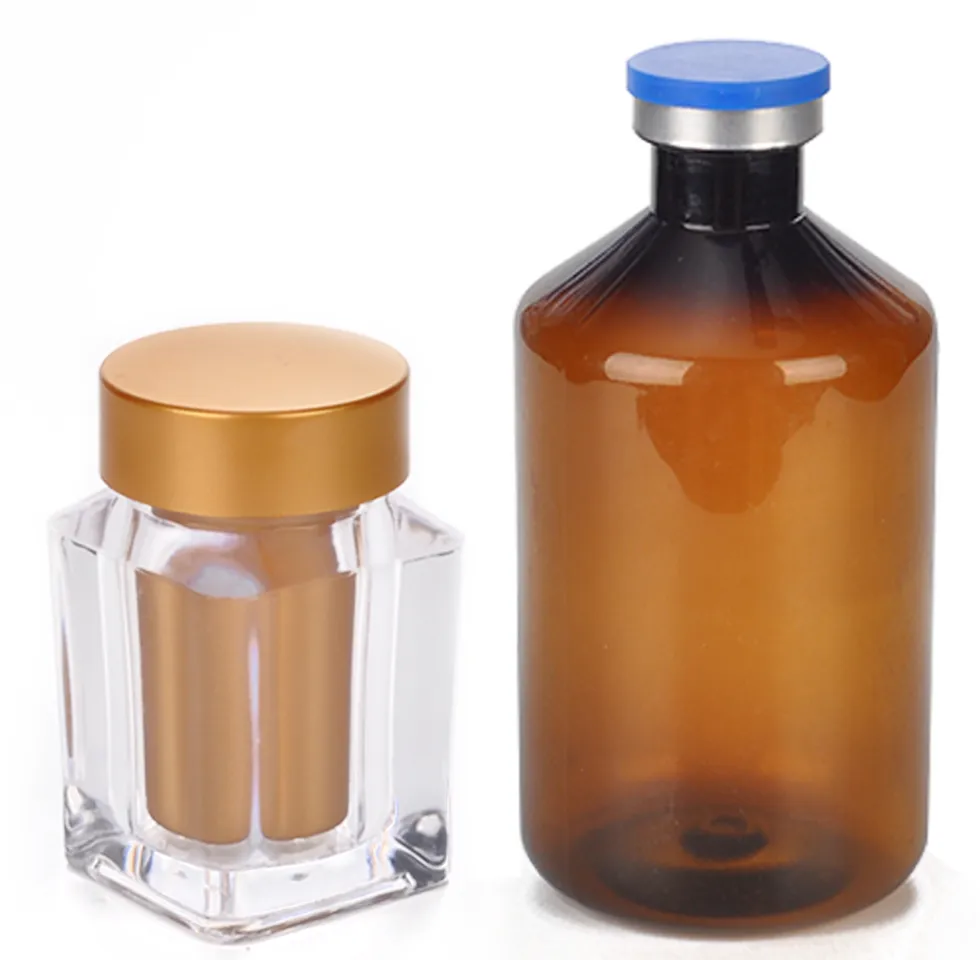packaging juice bottles
The Art and Science of Packaging Juice Bottles
In today's fast-paced, health-conscious world, the packaging of juice bottles plays a crucial role in attracting consumers and preserving the freshness of the product. With juice becoming a staple in many diets, understanding the importance of effective packaging can provide insights into both marketing and product sustainability.
The Importance of Design
The design of juice bottle packaging is not just about aesthetics; it is a strategic tool for brand identity and consumer engagement. A well-designed bottle can evoke emotions and create an immediate connection with potential buyers. Bright colors, innovative shapes, and unique label designs can capture the attention of health-conscious consumers browsing the aisles. Brands often utilize imagery that reflects the natural and fresh aspects of the product, portraying vibrant fruits and lush landscapes to convey quality and authenticity.
Moreover, the label design is just as significant. It must convey vital information clearly and attractively, including nutritional facts, ingredient lists, and certification labels such as organic or non-GMO. The balance between informative content and appealing visuals is crucial in persuading consumers to reach for one product over another.
Material Considerations
The choice of material for juice bottle packaging is one of the most pivotal decisions that manufacturers face
. Glass and plastic are the two most common materials used for juice bottles, each offering distinct advantages and disadvantages.Glass bottles are seen as premium packaging due to their ability to preserve flavor and freshness without leaching chemicals into the juice. They are also fully recyclable, aligning with the growing consumer demand for sustainable packaging solutions. However, glass can be heavier and more fragile than plastic, which increases shipping costs and risk of breakage during transportation.
On the other hand, plastic bottles, such as those made from PET (polyethylene terephthalate), are lightweight and resistant to breakage. They offer flexibility in design and are often more cost-effective during large-scale production. However, they can have a detrimental impact on the environment if not properly recycled. Efforts are being made in the industry to produce bio-based plastics and enhance recyclability, moving towards a more sustainable future.
packaging juice bottles

Engaging Consumer Experience
Beyond mere aesthetics and material science, the usability of juice bottles contributes significantly to consumer satisfaction. Features such as easy-to-open caps, ergonomic designs for comfortable handling, and resealable options enhance the overall experience for consumers. In an era where convenience is a key selling point, making it easier for customers to enjoy juice on the go can impact brand loyalty and repeat purchases.
Furthermore, interactive packaging elements, such as QR codes on labels, enable consumers to engage with brands on a deeper level. These codes can direct customers to recipes, nutritional information, or even a brand’s story, enhancing the consumer experience and fostering a connection between the brand and its audience.
Sustainability Trends
As environmental concerns rise, the juice industry is facing increased pressure to adopt sustainable packaging solutions. Consumers are becoming more eco-conscious, opting for brands that prioritize sustainability in their packaging choices. Manufacturers are exploring avenues such as biodegradable materials, reduced packaging sizes, and even refillable bottle programs to meet consumer demands.
Innovations in packaging technology, such as active and intelligent packaging solutions, aim to extend shelf life and reduce food waste, which is another significant benefit. These technologies can monitor the freshness of the juice, ensuring that consumers receive the highest quality product.
Conclusion
The packaging of juice bottles is a multifaceted arena combining art, science, and sustainability. From striking design to material selection and consumer engagement, every aspect of packaging plays a crucial role in the success of juice brands. As the industry continues to evolve, a focus on innovative, sustainable solutions will not only cater to consumer trends but also contribute positively to the environment. By prioritizing effective packaging strategies, companies can remain competitive in a crowded market while promoting a healthier lifestyle through their products.
-
Aesthetic Makeup Spray Bottles | Fine Mist Empty RefillableNewsAug.19,2025
-
White Plastic Veterinary Vaccine Vials | Lab Liquid BottlesNewsAug.18,2025
-
Plastic Medicine Liquid Bottle: Secure Flip Top Drug VialsNewsAug.17,2025
-
Durable 250ml Blue Plastic Vaccine Vial for Lab & Vet UseNewsAug.16,2025
-
Sterile Virus Sample Tubes: Secure & Reliable Specimen CollectionNewsAug.15,2025
-
White 250ml Plastic Vaccine Vial for Lab & Vet MedicineNewsAug.14,2025
























